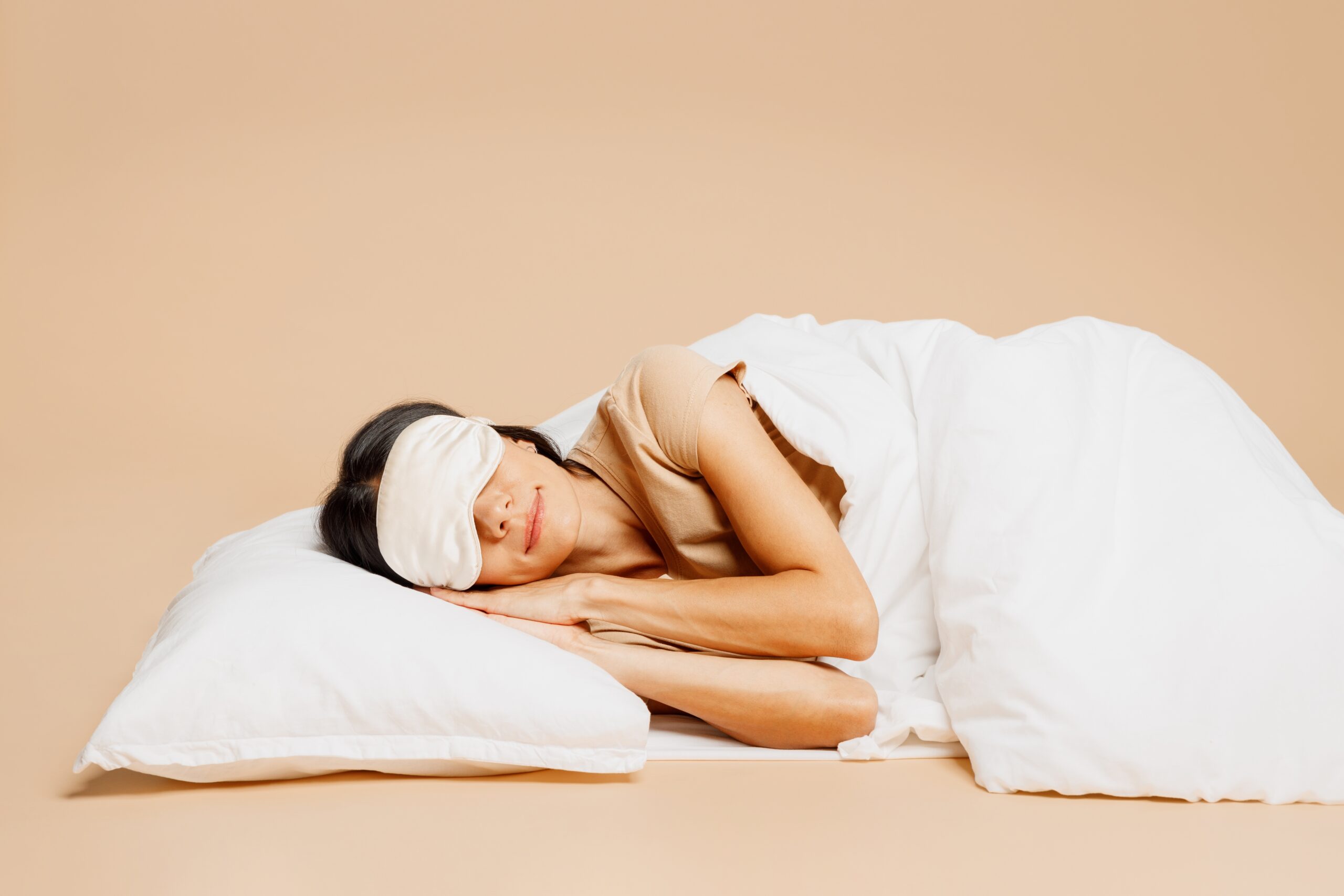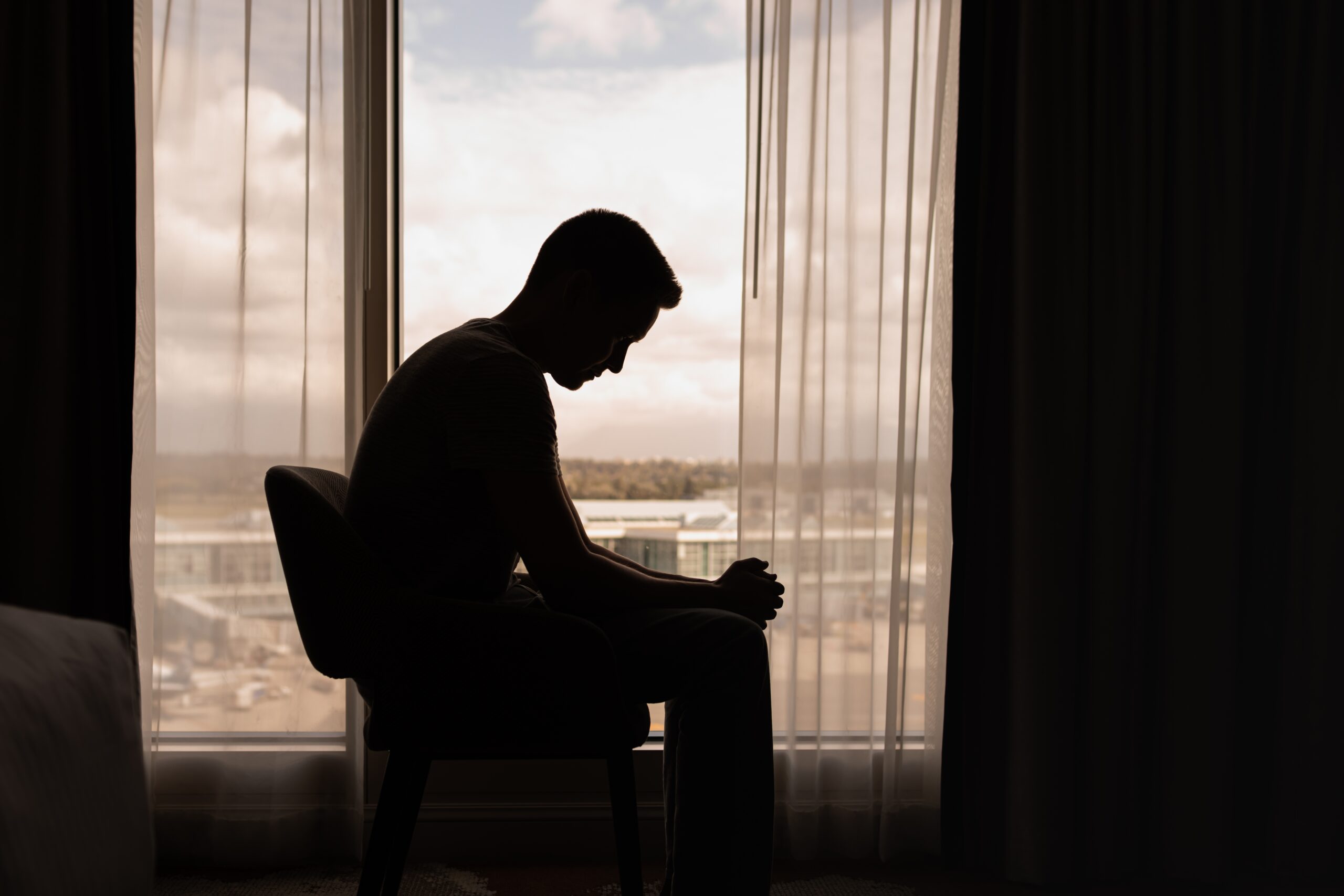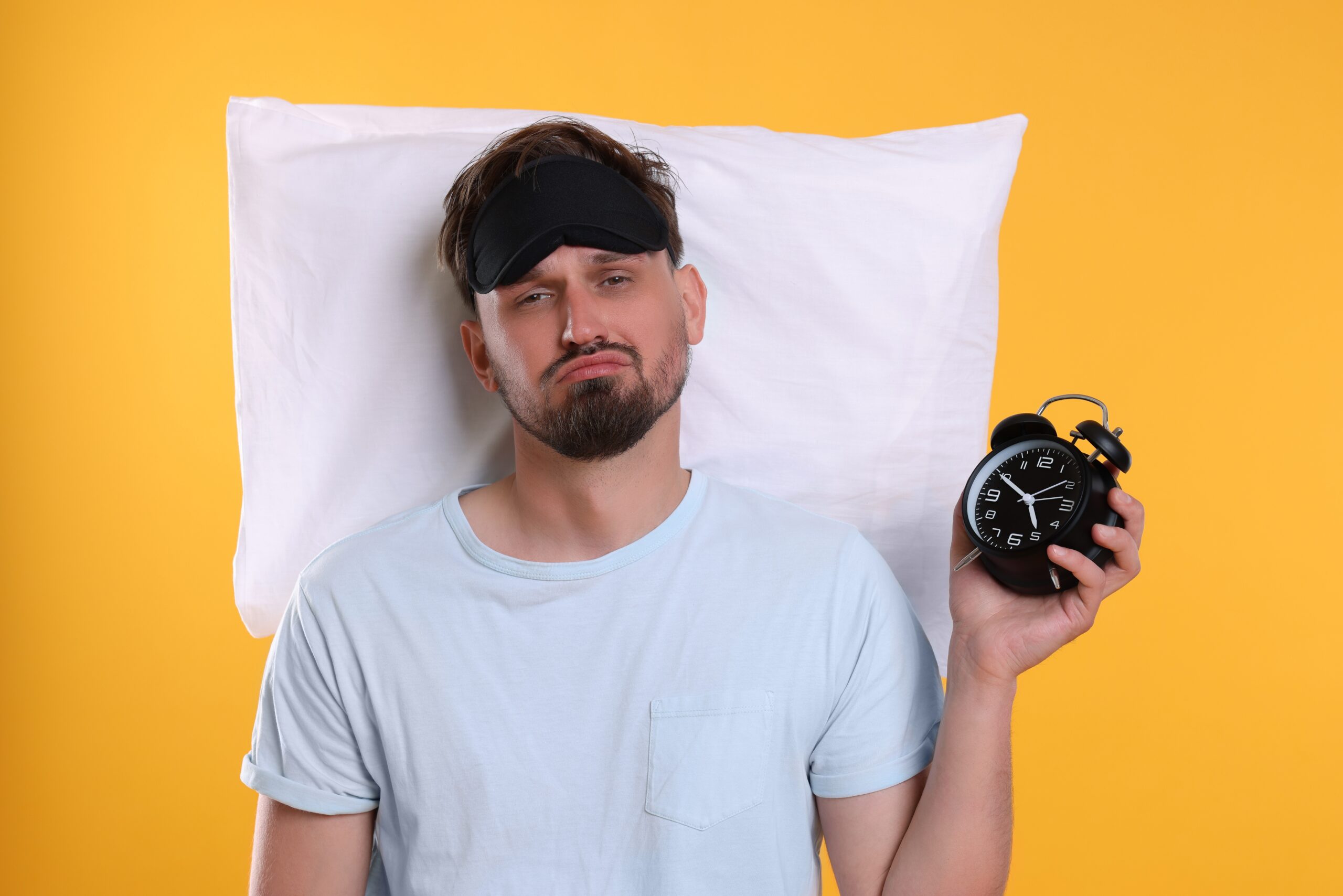The $585 billion sleep economy has finally cracked the code on chronic insomnia, transforming desperate insomniacs into well-rested converts through revolutionary approaches.
Story Overview
- Personal breakthrough story reflects the booming $585 billion sleep industry’s shift toward AI-powered, personalized solutions
- Sleep tourism and wellness retreats now offer science-backed programs combining biometric tracking with circadian lighting therapy
- The sleep disorder market is projected to grow 10.1% annually through 2034 as conventional remedies prove inadequate
- 91% of travelers now pay premium rates for sleep-focused accommodations featuring holistic intervention programs
The Sleepless Epidemic That Spawned an Industry Revolution
Chronic insomnia has evolved from a personal health issue into a public health crisis driving massive commercial innovation. The COVID-19 pandemic intensified sleep problems through anxiety and disrupted routines, while 24/7 digital lifestyles and urbanization created the perfect storm for widespread sleep disorders. Traditional solutions like melatonin and prescription drugs often failed to address root causes or came with unwanted side effects, leaving millions searching for alternatives.
The Global Wellness Institute identifies sleep anxiety as a defining trend for 2025, with AI-powered solutions mainstreaming across consumer markets. Sleep deprivation now carries recognized risks for chronic diseases and mental health issues, pushing both consumers and healthcare providers toward evidence-based interventions that go beyond quick fixes.
Watch: Can AI Cure Insomnia?
Technology Meets Ancient Wisdom in Modern Sleep Solutions
Today’s breakthrough sleep solutions combine cutting-edge technology with holistic wellness principles. AI-powered sleep diagnostics provide personalized coaching based on individual sleep patterns, while biometric tracking monitors everything from heart rate variability to room temperature optimization. Smart mattresses adjust firmness and temperature throughout the night, synchronized with natural circadian rhythms.
Hotels like Hilton have embraced “Sleep Tourizzzm 2.0,” integrating circadian lighting, sound therapy, and environmental controls into guest experiences. Wellness retreats such as Sensei and Carillon Miami offer comprehensive sleep programs that address behavioral, environmental, and physiological factors simultaneously. These approaches recognize that sustainable sleep improvement requires addressing multiple variables rather than relying on single interventions.
Research reveals the key to great sleep was hiding inside your own body all along.
No pills, no fancy devices — just your human self.
Scientists have discovered that gently stimulating a single nerve can quiet the stress response that keeps millions locked in restless nights.… pic.twitter.com/kEr9xOw9wK
— Epoch Health (@epochhealth) October 21, 2025
The Economics of Exhaustion Drive Market Transformation
Consumer willingness to invest in sleep solutions has reached unprecedented levels, with the sleep aids market alone generating $5.53 billion in 2025. Cross-sector collaboration between technology companies, healthcare providers, and hospitality brands has created innovative revenue streams while expanding treatment accessibility. Sleep tech companies compete and collaborate simultaneously, sharing research while developing proprietary solutions.
The commercialization extends beyond individual products to comprehensive lifestyle experiences. Sleep has become both a wellness priority and status symbol, with premium solutions commanding higher prices as consumers prioritize quality rest over other luxury expenditures. This shift reflects broader societal recognition that sleep quality directly impacts productivity, health outcomes, and overall life satisfaction.
Sources:
Global Wellness Institute Sleep Trends for 2025
Global Market Insights Sleep Disorder Market Analysis
Straits Research Global Sleep Market Report
Market.us Sleeping Statistics
Mintel Global Sleep Industry Trends
Glimpse Sleep Trends Analysis
US Chamber of Commerce Business of Sleep
Mintel US Sleep Health Market Report
Statista Sleep Aids Market Outlook








